What does matcha taste like? Matcha tastes a little bit earthy and a little bit umami, but read on because depending on the grade of matcha you use and whether you’re baking or adding to smoothies or drinking as a tea, it can taste bold and forward or indistinct and subdued.
Matcha is a bright green tea powder made from pulverized tea leaves from Japan. After the leaves are harvested, they’re steamed and stone-ground into a fine powder.
So unlike brewed loose tea leaves, you’re actually ingesting the whole leaf, which is one of the reasons it’s a powerhouse of nutrition and has a more pungent taste than other green teas.
Matcha tastes quite earthy yet complex in that you get grassy notes with a hint of sweet nuttiness and savory overtones.
Some describe the taste as ‘umami,’ which tastes similar to seaweed. The plants are shade-grown which contributes to the umami essence and increases the chlorophyll, caffeine and L-theanine.
The sweetness of matcha is subtle, yet it lingers in the undertones of the bolder earthy flavors creating a nice balance.
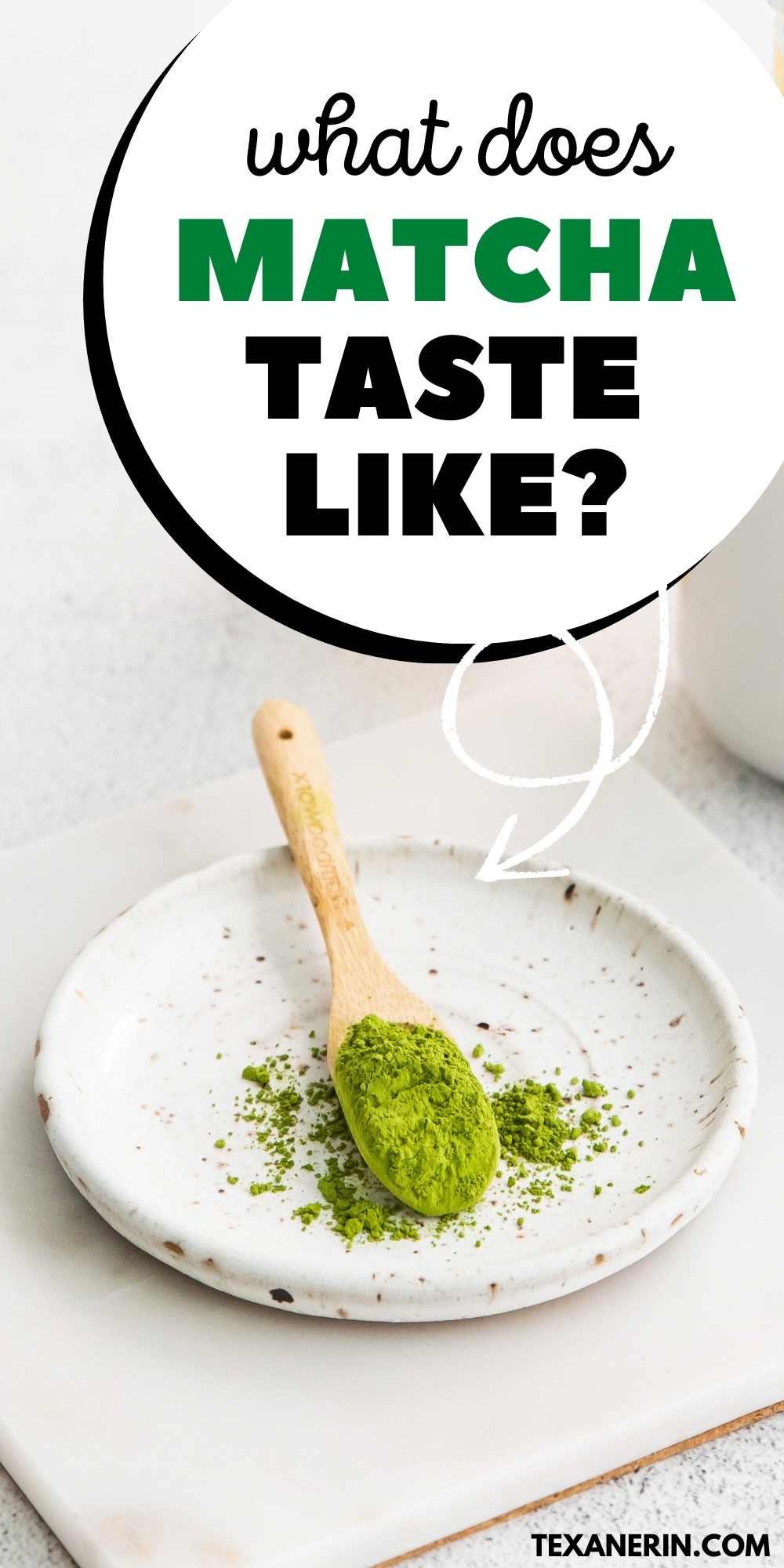
Matcha can be slightly bitter and have an astringent bite. While low-quality or improperly prepared matcha can contribute to an unpalatable bitterness, the best matcha will only be subtly bitter.
Attesting to its complexity, matcha is often described as rich, smooth and somewhat buttery.
No doubt, matcha is a full-bodied tea with extreme characteristics that seem in opposition but somehow produce an eclectic taste profile. It’s a taste that grows on you.
The first taste is shockingly distinct for some, but I grew to like it more with each taste, like a full-bodied wine.
I have many new matcha recipes, and depending on the combined ingredients, you get full-bodied matcha flavor or a slight matcha taste.
For example, this Matcha Protein Shake is for those who don’t love the taste of matcha but want to add incredible health benefits to their diet.
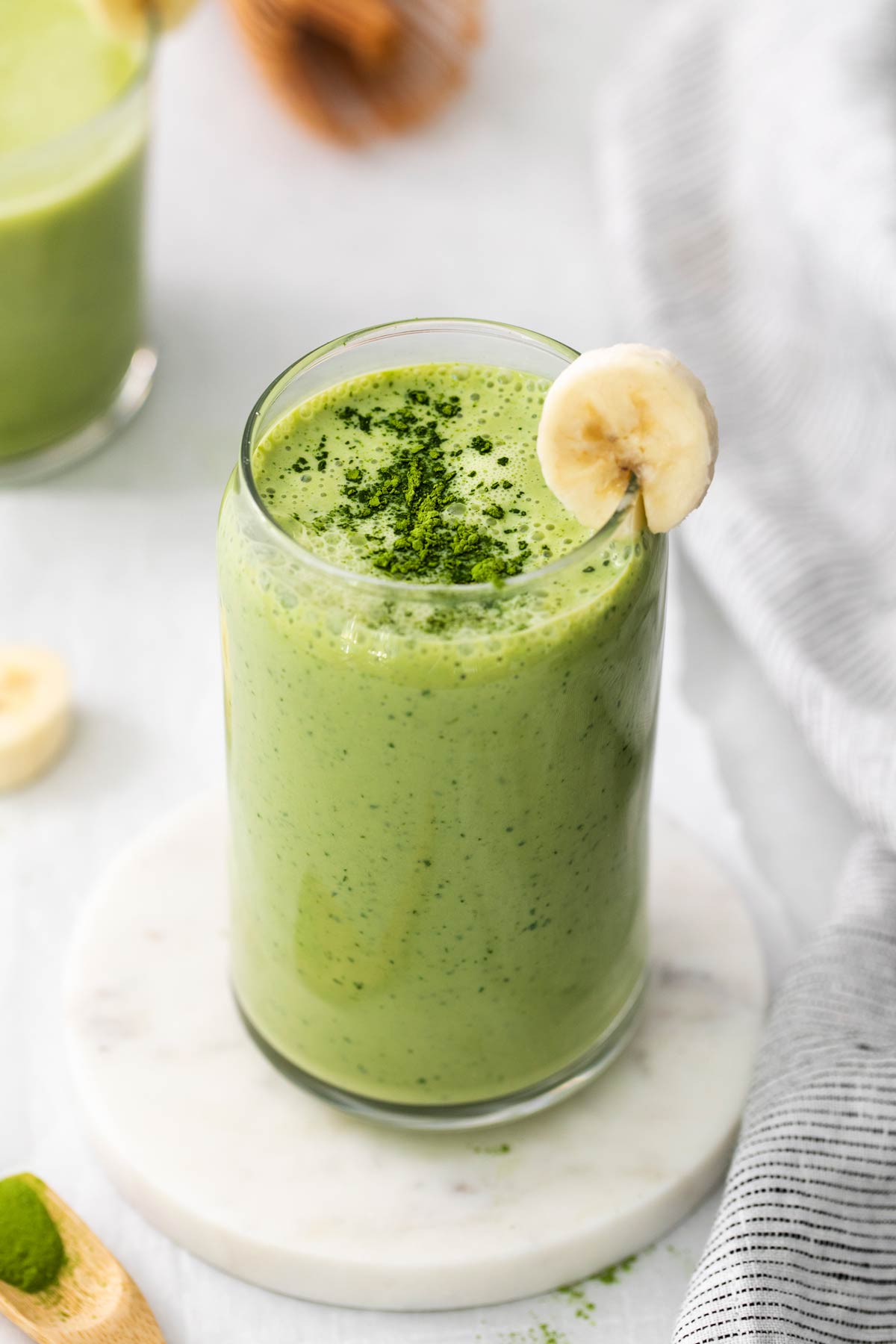
In comparison, this creamy Matcha Cheesecake dusted in matcha powder has a noticeable matcha flavor, but not overwhelmingly so.
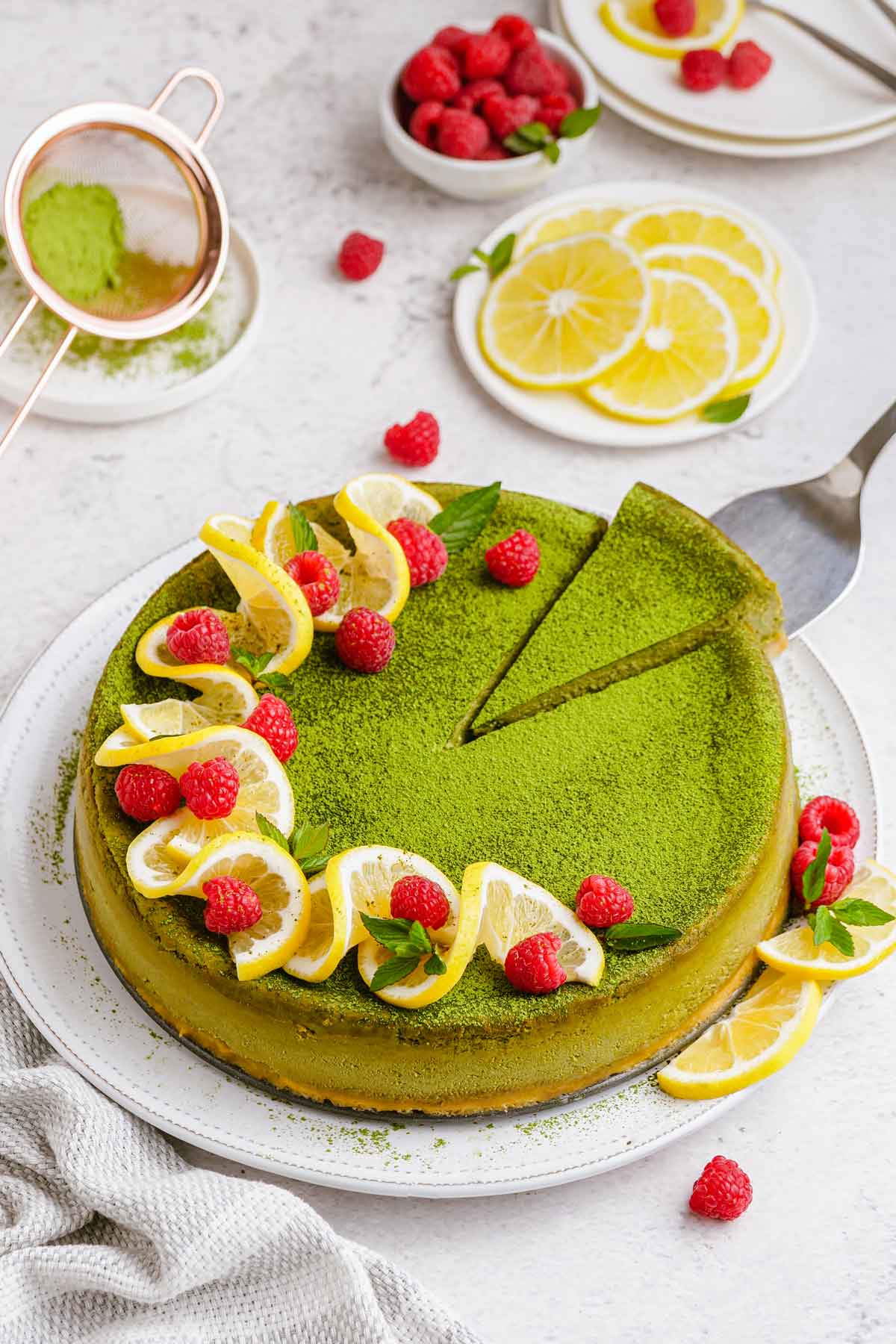
Which type of matcha to use
There are two main categories of matcha.
- Ceremonial: is top quality and has a more nuanced and subtle taste than culinary grade, and it is the grade used in Japanese tea ceremonies. It can be costly because it is extremely laborious and time-intensive to de-stem and devein the leaves, dry them properly and stone-ground them into a fine powder.
- Culinary: is under the ceremonial grade and has five subtypes: premium, cafè, ingredient, kitchen and classic. Out of these subtypes, the premium is considered the best and is slightly more bitter than the ceremonial grade. This type of culinary grade is what you will most often find.
I find ceremonial grade too expensive to use regularly for teas like this Chai Matcha Latte. Instead, I use premium-grade matcha for drinks. The extra flavors in drinks can override the taste of matcha, which is a plus for those not keen on the taste.
I only use ceremonial-grade matcha for baking, which may sound counter-intuitive because of the expense and more delicate flavor. Still, it’s less bitter than culinary, and taste matters to me when I’m developing recipes like this Matcha Cake Recipe.
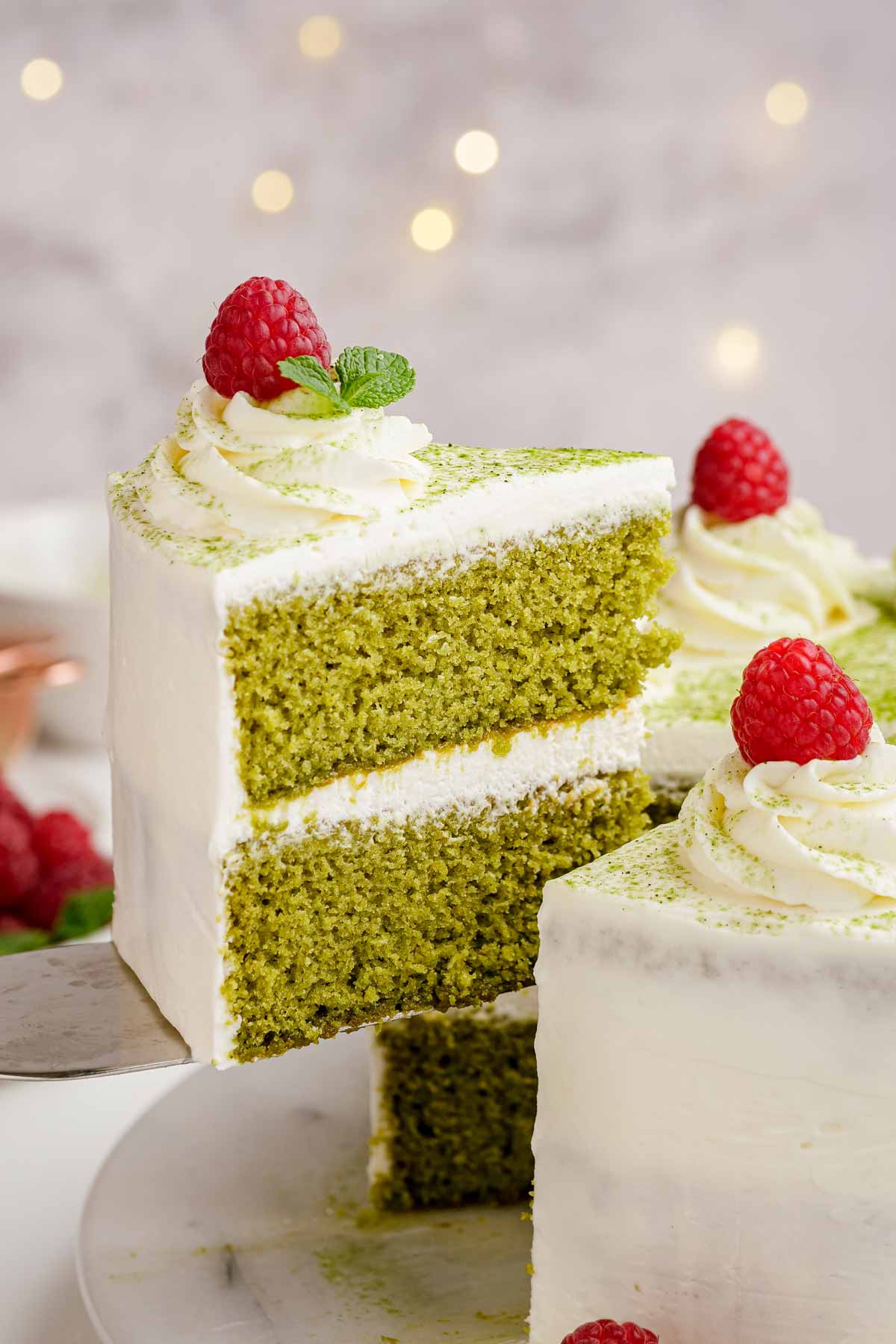
In contrast, matcha companies advise using culinary for baking, but my main problem is the color. If you want a nice green color like in these Vegan Matcha Cookies, you need ceremonial.
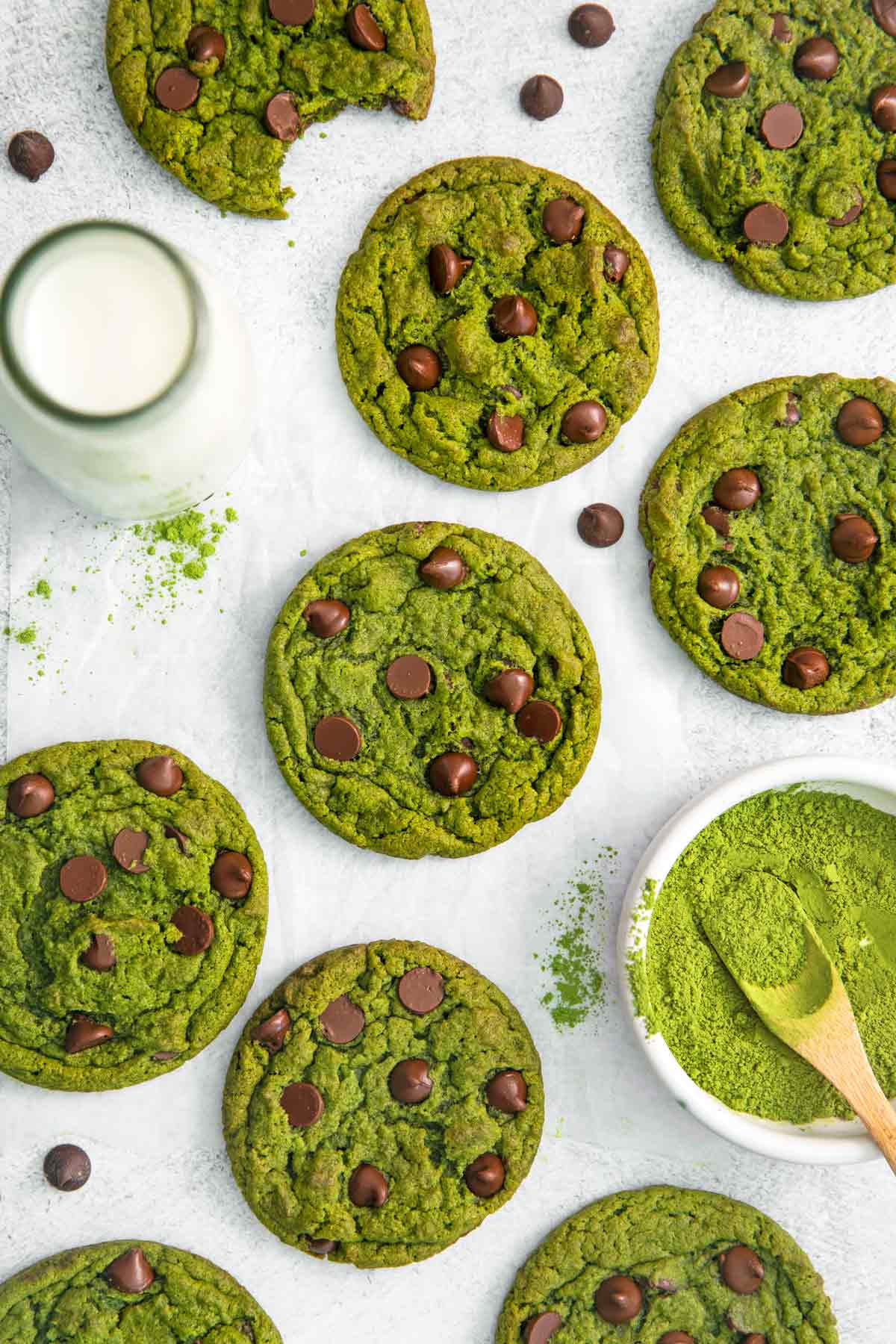
In that recipe, I go into a lot of detail to show you the different cookie colors using 6 brands of matcha. You can clearly see the difference between culinary and ceremonial.
If you’re not interested in achieving the bright green color, or if the expense of ceremonial grade matcha is too much, then you can certainly use the culinary quality in baked goods and drinks like this iced Starbucks Matcha Latte.
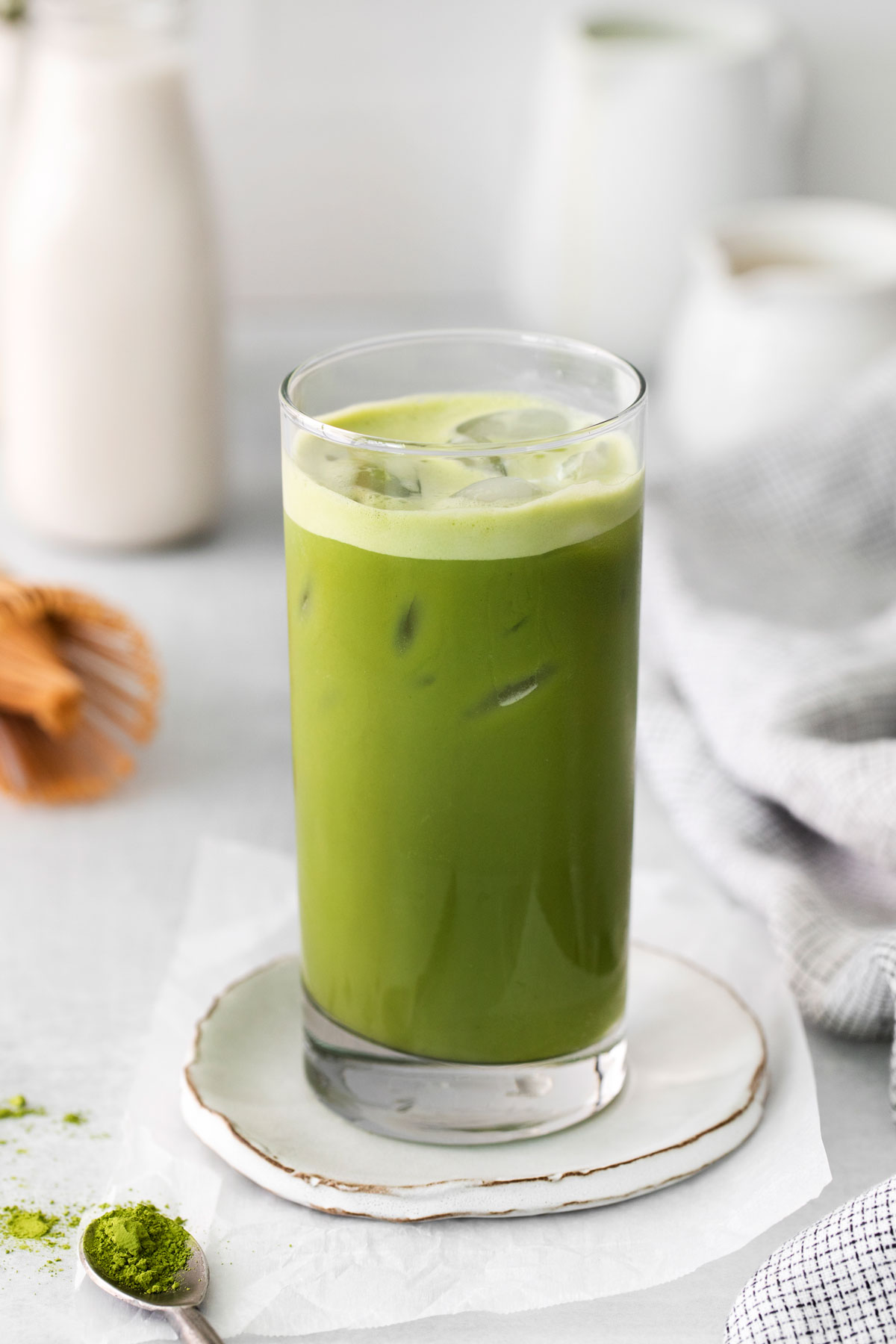
When I looked on Amazon to find the highest-reviewed ceremonial matcha on the less expensive side, I found Midori Spring Ceremonial Matcha to fit my needs best. Both the price and reviews were impressive. It’s what I use, and I find it best for my budget for producing that lovely matcha color.
Matcha benefits
Matcha is a powerhouse of nutrition because you consume pulverized tea leaves with potent nutrients rather than steeping green tea. Even baking matcha is shown to retain many valuable benefits, so the best thing to do is just matcha!
1. Antioxidant properties
Matcha has powerful antioxidant properties like vitamin C, polyphenols and flavonoids and has high antioxidant potential. Antioxidants are a range of substances that can prevent or slow damage to cells caused by free radicals.
These free radicals are waste products made by cells, which can overwhelm the body’s ability to regulate them. So if the body cannot process and remove these free radicals, it can trigger oxidative stress, leading to diseases like cancer, heart disease and other chronic illnesses.
One solution to maintaining the oxidative balance is to ingest food and drinks high in antioxidants to equalize and prevent oxidative processes. For every type of antioxidant, you get different benefits, which is why to have variety in your diet.
Matcha has exponentially more antioxidants than other “superfoods” like pomegranates, blueberries, broccoli or spinach. The antioxidants are so potent that they have their own classification called catechins which aren’t found in other foods.
2. Amino Acids
Matcha has a unique amino acid, L-theanine, and has more than any other green tea.
The effects of L-theanine are amazing because it benefits the entire central nervous system. It stimulates the production of alpha waves in the brain bringing a state of calm alertness while simultaneously relaxing the nervous system by acting against the effects of caffeine in matcha.
So while it increases focus and mood, it also reduces stress and anxiety.
It helps the body absorb caffeine slowly, meaning you don’t get the rush and crash like drinking coffee. The slow energy release of L-theanine helps sustain energy over a 3 to 6-hour period but without the jitters.
Clinical studies show L-theanine reduces stress, reduces PMS symptoms, lowers blood pressure and improves memory and learning abilities.
3. Vitamins and minerals
Matcha has loads of vitamins and minerals like vitamin C, selenium, magnesium, fiber and chromium.
It can help boost metabolism and curb cravings. Matcha has added benefits of reducing some risk factors of heart disease, cancer, arthritis, and high cholesterol, reducing risks of liver disease and high blood pressure while supporting the immune system.
So with all these benefits from matcha powder, you’re getting potent nutritional value added to your daily diet.
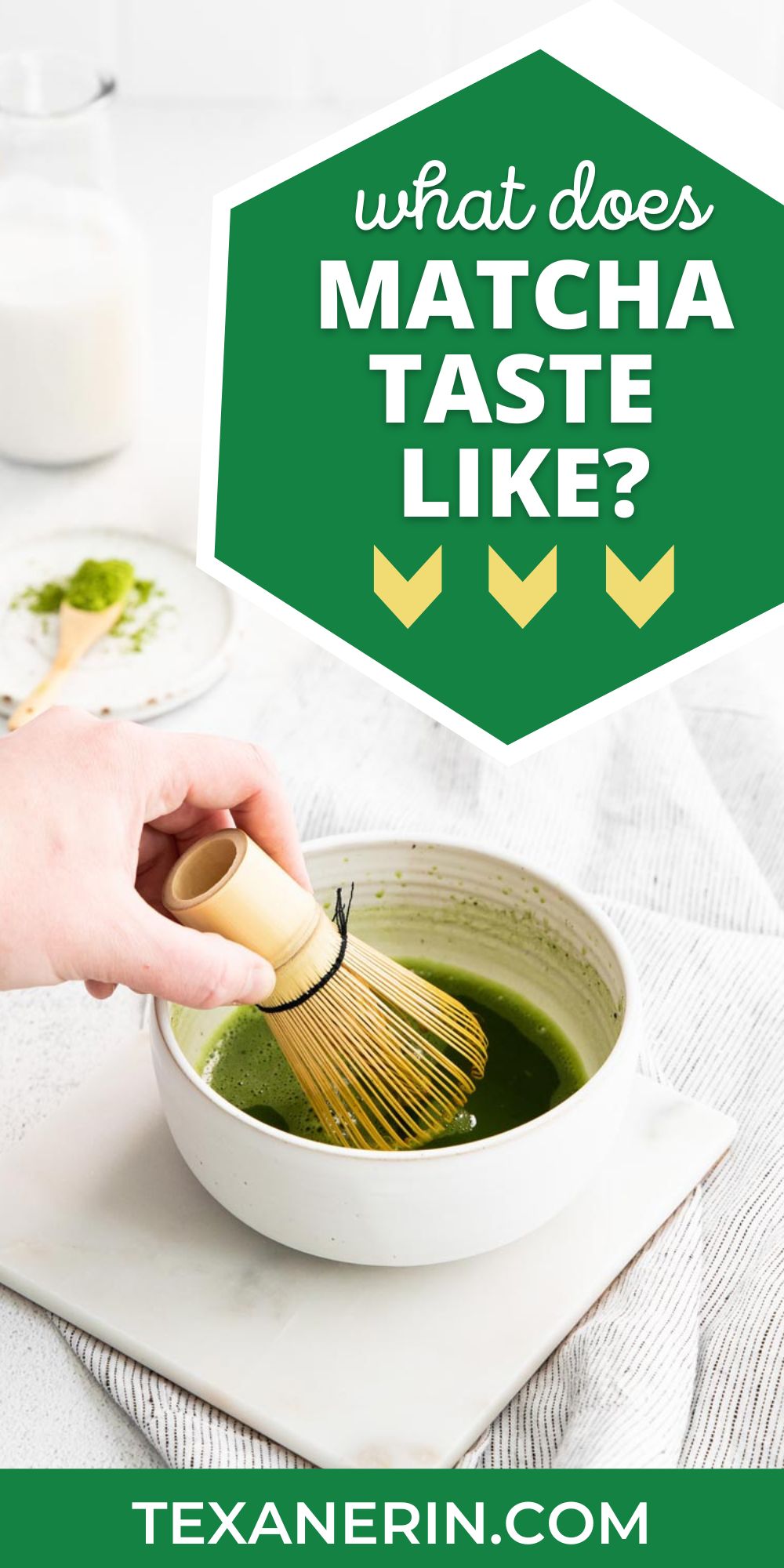
Does heat reduce the effects?
When researchers looked at the temperature and antioxidant values, they recommended that the tea be steeped no higher than 194°F (90 °C) in order to avoid a significant decline in antioxidants.
A different study showed that there was a significant stress-reducing effect on those who ingested matcha cookies (source). So matcha included in confectionary products like cakes, brownies and cookies still retained its stress-reducing value.
So baking with matcha is a simple, practical and yummy way to reduce stress and add nutritional value easily to your daily diet!
For more matcha recipes, be sure to return, as I will post more soon! If you have any questions, please comment below, and I’ll be happy to get the answers. Thanks!


